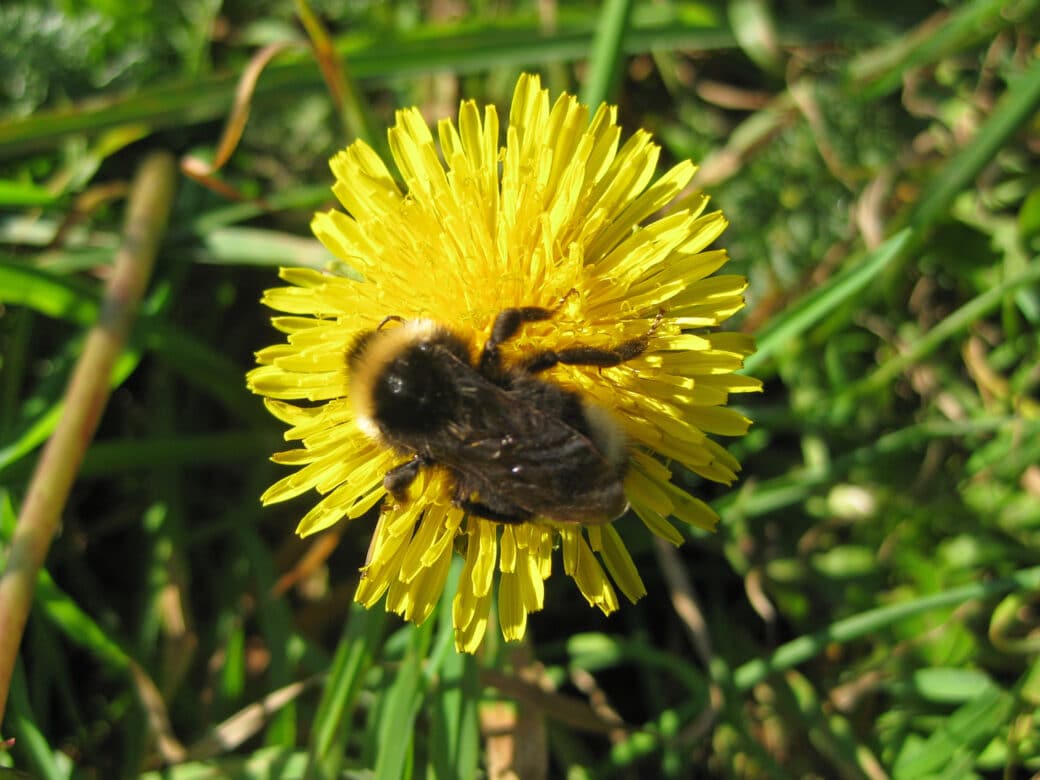Phylogenetic community structure and land use: Does intensification cause phylogenetic homogenization?

Land use intensification leads to a loss of species but also alters the phylogenetic and thus the functional composition of communities. Such changes may cause negative effects on ecosystem functioning. Hence an understanding of the relationships between intensification and the phylogenetic and functional composition of communities is important to forecast how changes in land use will affect the functioning of ecosystems.
H1: Land use intensification causes phylogenetic homogenization of plant communities
H2: Homogenization of plant communities causes phylogenetic homogenization of associated consumer communities
We will analyze BExIS data from core project Botany and Arthropods 1 sampled in 2008 and 2009 on the 150 experimental grassland plots. For plants and selected consumer communities phylogenies will be generated by combining already available phylogenies and by generating new sequence data. These phylogenies will be used for calculations of different phylodiversity estimates.









